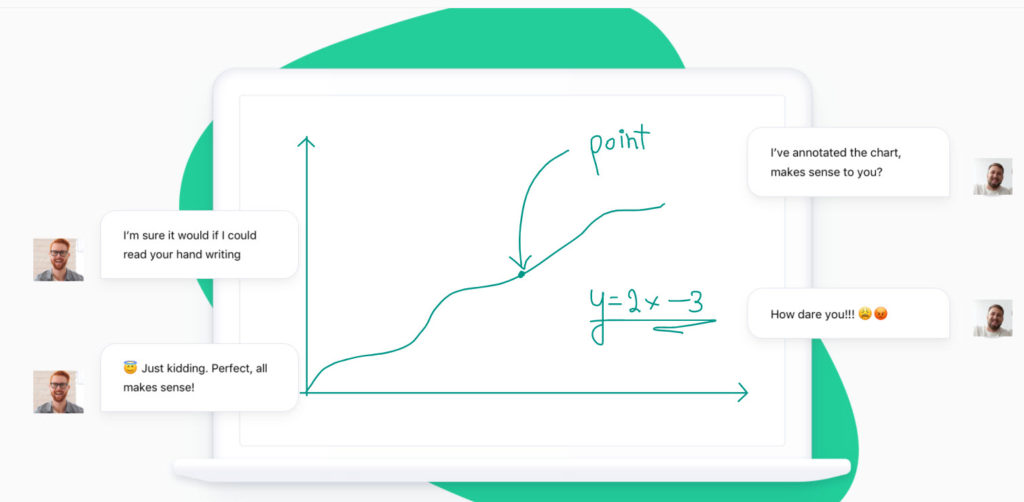Jeremy spoke in class today.
Last year I worked with an interesting K12 educational development company called Teq. For a brand planner it provided a perfect storm of stimulating elements: a business with a changing model, tons of humanity (tools to teach children), inner city color, political sturm und drang, and pent-up market demand. Oh, and the market could be measured in billions not millions. In addition to developing a brand plan and marketing communications plan I had my eye on creating a social media dept. – something I’ve long blogged about.
Before I landed at Teq I found a dude on the company site named Jeremy Stiffler. He was one of the reasons I really liked the Teq, site unseen. Every company needs a Jeremy Stiffler. He was a SME (subject matter expert), who without breaking a sweat could be recorded on video and teach the products and services. Part actor, part teacher, part digital usability savant, Jeremy could look the camera in the eye and walk you through a product or topic tutorial (tute) with flawless effectiveness. Good teachers know when a student doesn’t get something by looking at their expression. Jeremy, intuitively knew it, even from behind the camera.
Social media departments need a good writer, videographer, editor and still photographer. Obviously, they all need to be orchestrated at the hands of a brand manager and plan. But the best departments in their respective business will always have a full or part time Jeremy. Not a pretty on-camera face or rented talent, an illuminating teaching presence who works for the company and gets people. Peace.


